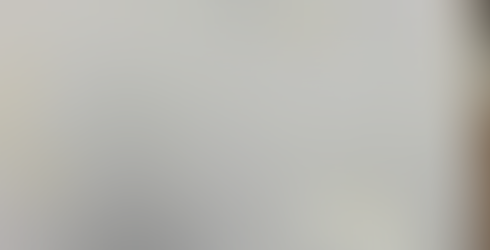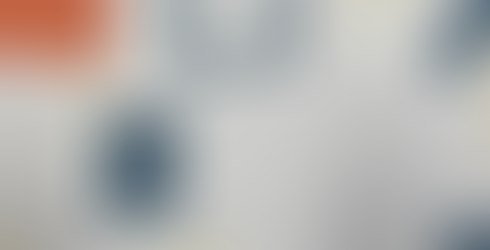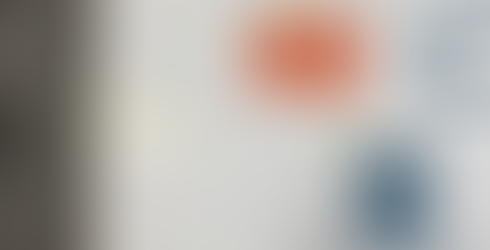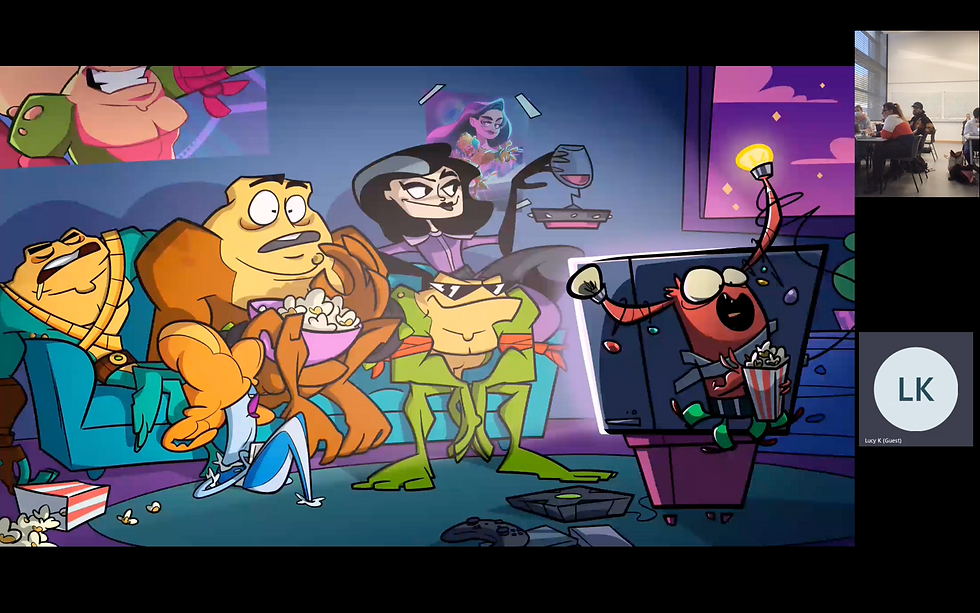Professional Context: Final reflection
- pm3u19
- Jan 9, 2022
- 9 min read
Updated: Jan 11, 2022
I am going to give an overall reflection on the various topics that industry professionals have informed us about over the first semester and how these can be used as a tool to increase the quality of my work both internally, like my work process, and on an external level like how my portfolio can become more desirable to employers to make it more likely for me to get a job in the industry after university. This page will expand upon topics discussed in other lectures that I will have written about in blog posts which you will be able to find here. This will not only be to highlight what is good industry practice but how I can implement these techniques into my own work and platforms.
Getting into the Industry:
The first topic I want to cover is tackling the issue of getting into the industry. This is most effectively done with these three elements: Networking, Social Media and Portfolio. Something to consider is that you can’t always guarantee that each one of these steps will be equally used, or effective to different potential employers, so it is best practice to make sure all of these methods are as strong as possible. To ensure that I will reach multiple diverse hiring managers for different studios.
Networking:
In a lecture from Lucy Kyriakidou she gave us her insight into networking as it is a pivotal part of her job as a Freelance Character Artist. This means when she needs to find her next job roll she emphasises the importance of networking events, and making as many connections as you can. The point of this is so you can further expand the group of people that can help you develop your skills and inspire your creative processes, as well as gaining knowledge and perspective from their lived experience in the industry. as this can lead to job opportunities further down the line.
“See people, see what they are working on and who they are working with and connect with them online … It is absolutely crucial to know people in this industry… people will move around from studio to studio and then your network will grow from other people’s network growing.” – Lucy Kyriakidou
Later in the lecture Lucy went on to talk about how this affected her by getting a job working on ‘Battletoads’ – 2020 as a previous colleague contacted her saying there is a job going and put her in contact with recruitment at Dlala Studios.
In terms of what I can take away from this is the importance of networking events in this industry, I plan on making opportunities in the future to go to networking events, both independently and through the university, creating a positive image of my brand by having an easy way to show and access my portfolio, make connections online with services such as Linkedin as well as learning about what they do so I know who to reach out to in the industry. Additionally, this year I want to invite people to see the final arcade we will be hosting in London at the end of semester two. This will be where I will be presenting myself as a creative ready to go into the industry by showing finished game. An environment is created, for potential employers ask and learn about my work process and my design choices.
Social Media:
This is an important steppingstone for people to look at who I am as a person, see how I work and what my process is while learning a bit out me and my interests. In a lecture with Matteo Manepace he explained how simple things on social media can be pivotal to get the ball rolling, start a conversation and lead to possible job paths in unexpected places. For him this opportunity presented itself after he posted an article about ‘Pandemic’ the board game, the games’ designer Matt Leacock messaged him on social media to share his thoughts, but because he looked through his social media he started a conversation about climate change and that lead to Matt invite him to work on his next game all because climate change was a mutual interest of his on social media.

For how I can reflect on this, I don’t use a professional social media, But I will start this practice in semester two. I want to make sure for the next semester I will keep a steady pace of posts to keep my online presence alive as well as engaging with relevant content for employers to see. It doesn’t even need to be as huge steps as that as It can be as simple as having relevant interests in the bio like Matteo showed.
As well as this it is a perfect place to show small snippets of the process of making your work, people love to see how artistic stuff is made and employers will understand your work process more. Furthermore social media has positive features that can’t be achieved from standard recruitment such as going viral or connecting with people of similar interests these are all things that social media has built into the fundamentals of its platform
Portfolio:
This was something that most speakers would have had input on. Some would have had lots to say and some would give one or two good general tips. For example, when Dan Bernardo was asked about an optimal portfolio for a ‘junior artist role’ he supported a very popular technique used in the creative industry portfolios: the sandwich technique best first and second best last and elaborated by saying it leaves a good first and last impression. He also emphasised quality over quantity as he would much prefer to see a handful of good pieces than all of your work good and bad. Lastly Dan suggested that even if it isn’t your best work show a variety in style simply because it is best to show flexibility in your approach or at least a willingness to change it up and pivot from your preferred style. These are definitely things I already experience in and practiced in my foundation art design course onwards, as a key part of that course is developing your skills in how to present your work as a portfolio, mainly for Universities but that transfers to most presentational formats for your work. Although the aspect of having a variety in art styles definitely is something to carry forward, as it is a particular element that creative roles specifically in the games industry will require, to stand out above the crowd.
Following on, Lucy mentioned that from her point of view as an art director what she wanted to see in portfolios is the process. She said “really need to show the process and the iterations because I need to know how you get to your final design and how flexible your process is to make sure if something isn't right we can pivot through the designs creation” this is a key thing to remember as it’s not always about the pretty final piece but how you got their and to be able to show that to others as you would often have to share your ideas with the team anyway. Another thing that can help is including your research in the portfolio as that is often a very concise way to get your thought process across as well as showing that there is a method and educated reasons behind your ideas and not just intuitions.
This is something that I have been quite inconstant on, I need to find a sweet middle spot of amount of development to show, its either a too much or not enough and I find that it seems like the final product came out of nowhere. Although I find that working in teams and getting in the habit of reporting progress to my group means that the process will get documented far more often giving me a good range of progression steps to show the process of making it. Secondly, I personally try to work research into what I show people about my projects, because I want to find things about the topics I do that are genuinely interesting to me and therefore I’m more confident talking about something that I am passionate about. Not to mention I think it’s a good way to break up the thought process of analysing work.
Overall, if I try and keep up with these techniques and at least consider these aspects over the whole process I should find that I will naturally be forming a stronger portfolio, giving potential employer a much better opinion of my work.
My Practice:
Over the various projects I have had to take up several different roles both in and out my comfort zone of creative disciplines, this has definitely helped with broadening my horizon even if these aren’t areas that I wish to specialise in its always great to expand my skillset and know my weaknesses. I find that my strongest point is looking at larger scale parts of the projects I find myself in like level design, narrative and concepting game mechanics. I also find that my work in these fields is helped by the communication within the group as I like to see how peoples designs for characters and environments etc. can help further build the world and vice versa. This is a topic that Noemi Pischedda mentioned within her lecture talking about her experience in small her indie studio at Playtra. She said spoke a lot about how she went from character design to doing comics as a way for the studio to pivot around the narrative and design created for cutscenes. On a large-scale development team, a shift like that might not be possible, but in this instance the small team of about ten people could communicate an issue in resources the studio had and pivot round the problem. A group can take a potentially development halting issue and between them flexibly find a solution.
When undertaking the task of level design something that I need to improve on is the rapid iterations of the level, this topic was heavily covered in Matteo’s lecture and in my blog post as shown below.
Q: ~70 iterations, how did you find the consistency of the new iterations as the project went on. A: early in it’s about sweeping changes to see what works and what doesn’t. Then it’s about making quick iterations that can be made, changes and got rid of quickly. As shown in these images “you can see the drastic changes they have made over the 70 different iterations of their game, from taking out whole aspects from the game like the world map to shifting to a smaller board and focusing on cards in the game.”
I wanted to get into a habit of this for the development phase of my game this year, so I made sure for the proposal of the game I had created a plan of the level giving me an easy template to form a paper prototype at the start on next semester and hit the ground running with iterations of this game. Starting with the sweeping changes Matteo mentions as we go into digital builds of the game then making intricate smaller changes once, we have honed the experience of the game. I think doing this now will create a good habit for me, in the future and once I enter the industry.
While making these iterations I need to make sure that I also work through new iterations keeping in mind I have done all the research for the theme of the game. Toby Milner-Gulland mentioned through his talk that the work they did was always backed with research within that field, this could be first-hand interviews to understand and gain new knowledge alternatively toby suggested using podcasts if you can’t get to specialists, and this meant for his work at moving brands, that product was consistently accurate to the design goals. So, I can’t get carried away in the iterating phase and ignore all of the research I did on constructing the theme. As well as conducting extra research if necessary, preferably from people who are experienced in that field of work. Another factor that needs to be considered when it comes to iterations and the entire creative process, especially in teams as opposed to working on your own, is chain of production on your project. Lucy mentioned that as art director keeping an internal deadline as well as the overall deadline is a key way to make sure that any issues in the chain of production won’t cause fundamental issues within the studio. These also leaves time for the product to be made, to be re-evaluated, to guarantee that it meets the initial design goals that were set out for that task. This will be something that I will need to adjust my work style to account for as I found that my experiences with teams have always worked best at times where we can reconvene before deadlines and make adjustments and realign with the proposed design goals. Further giving validity to Lucy’s topic and helping reaffirm a goal I already set to myself from previous experience.
Lastly, Dan Bernardo said something that strongly resonated to my current work and portfolio. He was talking about what studios are looking for when they hire, how he usually tries to find people that don’t have their skillset spread too thin or narrowed down to be an extremely specialist skillset in one field as these wouldn’t be ideal for entering a job role in his studio. My reflection to this, is that I find that I often like to work a bit on everything, so I need to make sure that I hone down my specialities a bit more into my strong suits, although I am not opposed to trying new skillsets out, I need to make sure I don’t keep my head in the sand and slack on the other skillsets I have and wish to advertise myself with over my career.
Conclusion:
These lectures and guest speakers have helped me reaffirm goals for myself and given me new directions to spread myself over my working career to make the goal of me getting a job in the industry after university much more achievable. The topics covered over these lectures definitely will help both my practice as a creative in the industry, and my outgoing image of both my work and me to potential employers.



















Comments